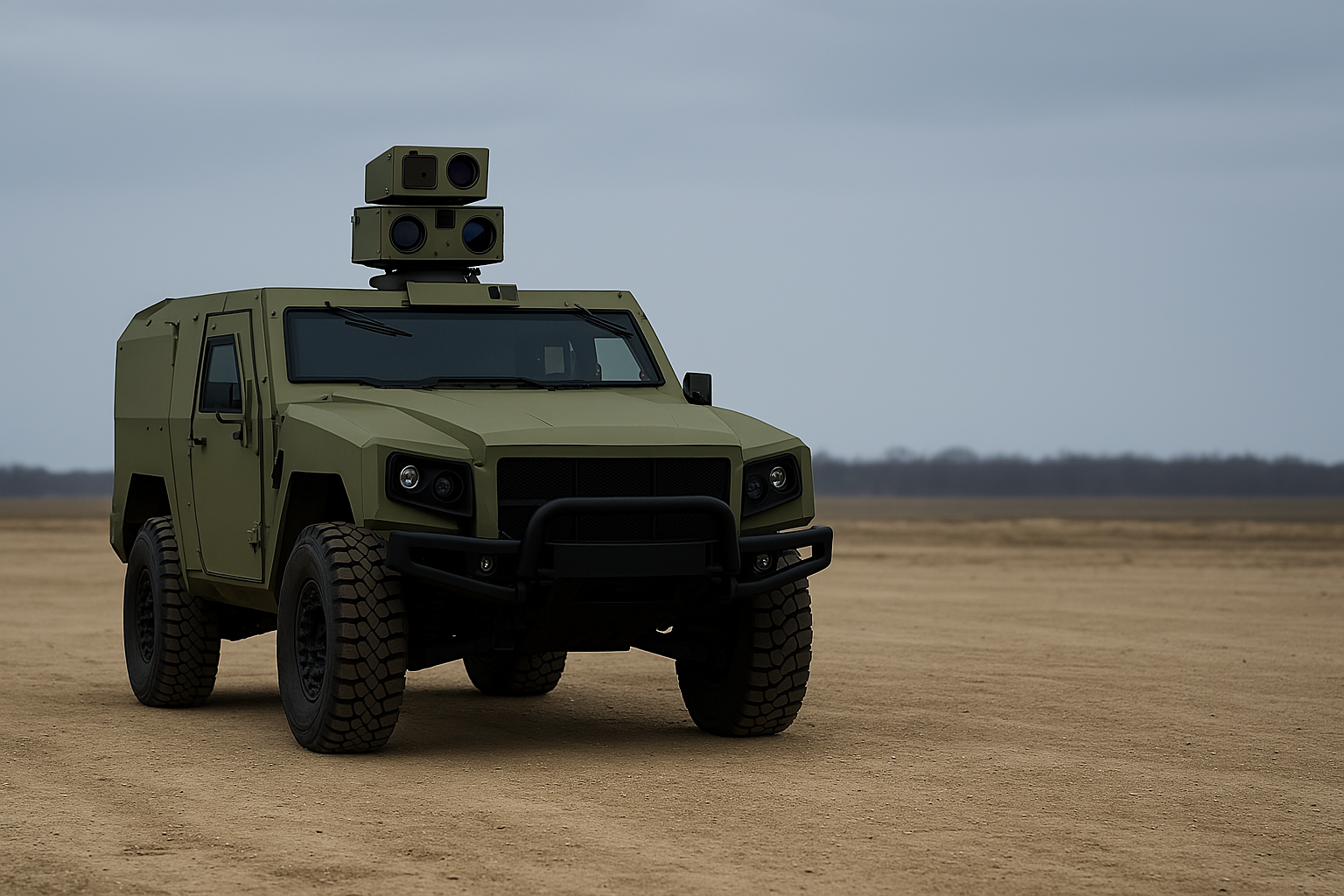A New Era in Defense Tech: AI Meets the Battlefield
The defense technology race just hit a new gear.
Overland AI, a rising force in autonomous vehicle development, has unveiled ‘Ultra’, an AI-powered unmanned ground vehicle (UGV) built specifically for military use. Funded in part by the U.S. Army, Ultra is designed to perform dangerous frontline tasks—such as supply transport, reconnaissance, and even drone deployment—without putting human soldiers in harm’s way.
This move signals a major evolution in the militarization of autonomous systems, one that opens up a high-growth frontier for investors tracking emerging industries at the intersection of AI, robotics, and defense.
Why This Matters for Investors
Autonomous military vehicles are no longer a concept—they are becoming combat-ready realities.
Axios reports that Ultra, which has completed initial development phases, is currently undergoing field testing with military partners. The technology is focused on what the U.S. military calls “initial engagement operations,” where automation can mitigate human risk and reduce casualties. This gives Ultra a strategic niche: enabling fast, remote tactical responses in hostile environments.
While the tech is cutting-edge, the investment thesis is grounded in scale: The global defense robotics market is projected to grow from $17 billion in 2024 to over $38 billion by 2030, according to Allied Market Research. That growth is being fueled by geopolitical tensions, defense modernization, and the need to automate complex, high-risk operations.
A Closer Look at Ultra: Tech Meets Tactical
Ultra is not just a prototype—it’s a signal of where military logistics and operations are headed. Key features include:
- Fully autonomous navigation powered by advanced AI
- Drone integration capabilities for multi-layer surveillance
- Rugged design for terrain flexibility and combat zones
- Remote deployment via secured military systems
Axios also reports that Overland AI has leveraged dual-use technology principles, meaning its innovations could also support commercial or civil applications down the road (e.g., disaster response, supply chain logistics).
Backed by the U.S. Government—and Defense Budgets
Ultra’s development has been backed by the Defense Innovation Unit (DIU) and the U.S. Army’s Combat Capabilities Development Command (DEVCOM). This kind of government validation gives Overland AI both funding and credibility—essential ingredients for scaling military technology ventures.
Moreover, the Biden administration’s proposed $895 billion defense budget for FY2025 includes increased allocations for autonomous systems, robotics, and battlefield digitization. This suggests Overland AI could be well-positioned to secure additional contracts and partnerships in the near future.
Future Trends to Watch
1. Rise of Dual-Use Tech
Investors should monitor companies like Overland AI that develop both military and civilian-use solutions, potentially unlocking multiple revenue channels.
2. Defense-Tech Startups Attracting Capital
Private equity and venture funds are ramping up exposure to “defense tech 2.0”, targeting startups that can scale fast under government contracts.
3. AI in Defense Logistics
AI isn’t just for combat—it’s revolutionizing supply chains, surveillance, and decision-making across defense departments. The investment horizon here spans from hardware to cloud-based intelligence platforms.
Key Investment Insight
Overland AI’s Ultra highlights the convergence of defense spending and emerging technologies—a space ripe for long-term investment. While traditional defense contractors (e.g., Lockheed Martin, Northrop Grumman) remain dominant, early-stage entrants with scalable autonomous platforms present a compelling growth opportunity.
Investors should watch for:
- Companies with government partnerships
- Firms building proprietary AI autonomy stacks
- Defense startups with dual-use applications that broaden market reach
The debut of Ultra marks a pivotal moment in military innovation—and a strategic inflection point for investors.
With battlefield automation now a core focus of U.S. defense strategy, autonomous systems are becoming integral to national security and global military competitiveness. Forward-looking investors would be wise to track companies pushing the edge of AI-powered defense.
🔔 Stay informed with MoneyNews.Today for more strategic insights on the industries and technologies reshaping tomorrow’s markets.





